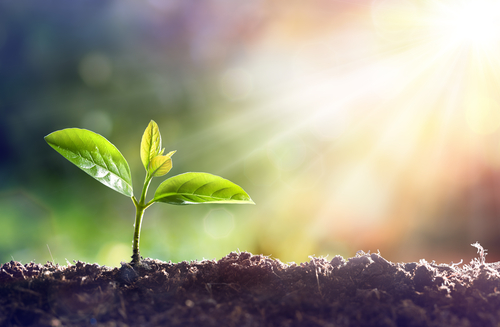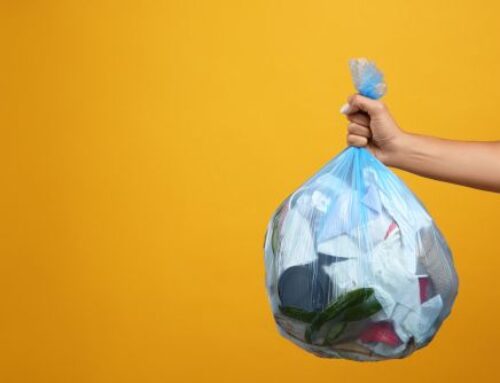If you’re ready to start your own garden, you might be a little intimidated by the process. Afterall, it can take an entire summer to reap the rewards, and that’s a lot of caretaking. Luckily, it’s not as challenging as it seems, and with planning, planting, and perseverance, you can enjoy a bountiful, nutritious harvest (while also reaping the mental health benefits of gardening) by the end of the season!
Start here.
It might seem obvious, but it’s worth mentioning that your first step is to decide what you want to grow. This might be flowers, vegetables, herbs or a combination. Before you start selecting plants or seeds, however, do some soul-searching to make sure to choose things that you will actually consume or use. You don’t want to take up valuable space in your garden on produce that will go to waste.
Next, decide on your location. As a general rule, edibles need at least five hours of direct sunlight every day. Lettuce, potatoes, and some herbs can tolerate partial shade.
Now that you know what you want to plant and where that’s going to take place, it’s time to start planning the layout of your garden bed. It’s usually best for your first garden to start small, but if you want to go big and you have the budget to do so, it can help to hire a landscaping expert to help you get started. If you use sites like Angi.com, you can match up with top-reviewed professionals who have the experience needed to build a proper foundation for your garden. Finally, consult the USDA Plant Hardiness Zone map to know when seeds, seedlings, and immature plants can go into the ground.
Gather your tools.
Before you can plant the first seed, you’ll have to amass a basic inventory of gardening tools. This should include, at minimum, a hoe, dirt rake, leaf rate, shovel, and spade. You may also need to rent a garden tiller to prepare the soil for planting. Gardening Know How cautions that you’ll need to wait until the soil is at least 60°F and dry enough to run a tilling machine, otherwise you may damage the soil or clog your tiller.
Test the soil.
As a general rule, you want your soil to be neutral, which means it has a pH of seven. Your local garden co-op can provide you with a test kit to determine if your soil is ready to plant or not. Keep in mind that you can always improve your soil naturally with composted waste. Another step before you actually put anything into the ground is to ensure that the dirt can drain appropriately.
Choose seeds or transplants carefully.
Since you already know what you plan to put into your garden, you can keep a narrow focus. But, you will still want to be cautious when choosing plants. If you are buying from a local shop that understands regional conditions and how things grow, Fine Gardening explains that you’ll most likely enjoy quality transplants. But if you are shopping at a big-box store, try to avoid buying anything larger than the container in which it’s planted. You’ll also want to ask if the plants were treated with potentially harmful pesticides.
Get ready to plant!
Now it’s time to grab a pair of garden gloves and your tools to get started. Make sure to read the seed packet or consult with your gardening advisor to find out how to correctly plant each specific vegetable, flower, or herb. Seeds typically require some light for germination, so avoid planting too deeply. Established plants should be planted deep enough to reach at least the base of the plant. Bonnie Plants notes you should keep spacing in mind and make sure your rows are at least three feet apart.
Your first year as a gardener is as exciting as it is challenging. Even if you don’t have a full cornucopia by the end of the season, don’t despair. It takes experience and a lot of trial and error. Rest assured, next year you will know much more than you did this year, and gardening will soon become second nature.





Leave A Comment